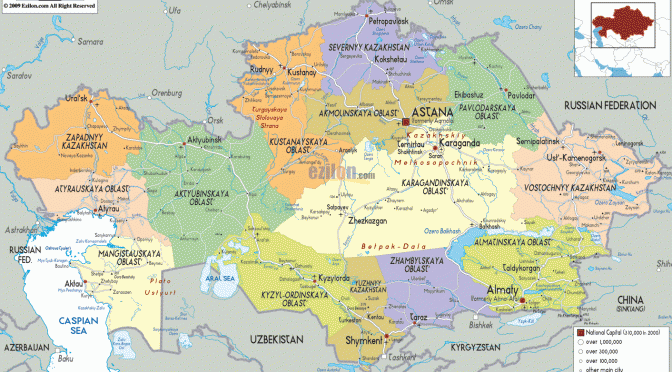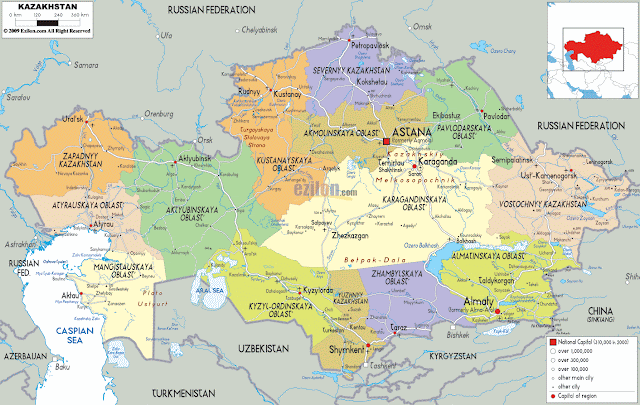“According to our plan, construction will last about three years; the maximum production capacity of the plant is 250 megawatts a year,” Pauls said at the signing, which took place in Astana within the Aktobe investment project exhibition at EXPO 2017. “One wind generator can produce power from 1.67 to 2.5 megawatts. This will be the first plant not only in Kazakhstan, but in post-Soviet space.”
The plant will use Spanish technology, and have an annual production capacity of 250 megawatts. At the cost of €84 million ($99.3 million), the project is receiving investments from Germany. Spread over 17 hectares (0.07 square miles), it is expect to create a few hundred new jobs in a country where the unemployment rate is under five percent.
“A staff of 500 people is needed to achieve success in our work,” Pauls said.
Aktobe was chosen as the location for the production facility because it is considered one of the easiest places to do business in Kazakhstan according to the World Bank, and has reliable electricity, transportation and communication infrastructure.
Kazakhstan has made significant progress toward creating a market economy since it gained independence from the Soviet Union in 1991. Total foreign investment in the country reached over $198 billion by the end of 2015. Of that amount, net foreign direct investment constituted around $125 billion, with portfolio and other investments comprising the remaining $73 billion. The United States leads in capital inflows. According to a report issued by the Department of State in July 2016, the US had invested over $23 billion as of September 2015.
Having some of the world’s largest proved oil and natural gas reserves, the majority of investments are in Kazakhstan’s oil and gas sectors. But the country is considered one of the best places overall to do business.
It ranks 45 out of 189 countries in the “Starting a Business” category within the World Bank’s 2016 Doing Business Report, thanks to legislation spearheaded by the government in Astana in recent years. Registration fees for small and medium-sized firms have been abolished, registration times have been shortened, and entrepreneurs and investors can apply for business registration online through www.isc.baseinvest.kz, and be approved within one week.
Innovation and entrepreneurship in renewable energy resources is no exception in what is the Caspian region’s third largest economy, after Russia and Iran. “The potential for wind energy alone exceeds Kazakhstan’s current energy consumption of 920 billion kilowatts per year. Roughly speaking, it is 10 times the amount of electricity our country consumes” said Kazakhstan’s Minister of Energy Kanat Bozumbayev, speaking at the Astana Economic Forum in July. The United Nations Development Program estimates that the potential for wind energy exceeds Kazakhstan’s current energy consumption ten-fold. According to the Almaty-based Kazselenergoproekt research institute, Kazakhstan ranks first in the world in terms of potential of wind energy resources per capita. The average annual wind speed exceeds seven meters per second on about two percent of the country’s territory; the potential of these areas alone is enough to generate one trillion kilowatts of electricity per year.
Kazakhstan’s government has adopted measures over the past five years to encourage investments in renewables, such as easing foreign migration requirements in order to attract labor with the skills required to design and oversee the installation of equipment.
The National Investment Strategy for 2018-2022, approved last month, aims to increase foreign direct investments by up to 26 percent of the country’s total investments over the five-year period. Developed together with the World Bank, the strategy also calls for boosting the country’s exports, which comprise only 0.23 percent of the global total.
Kazakhstan was the first country in Central Asia to adopt a plan to begin transitioning to a ‘green economy’ by 2050. The government’s plan calls for a 25 percent reduction in gross domestic product energy intensity by 2020, and the involvement of renewable energy sources that are expected to account for three percent of the total energy mix by 2020.



